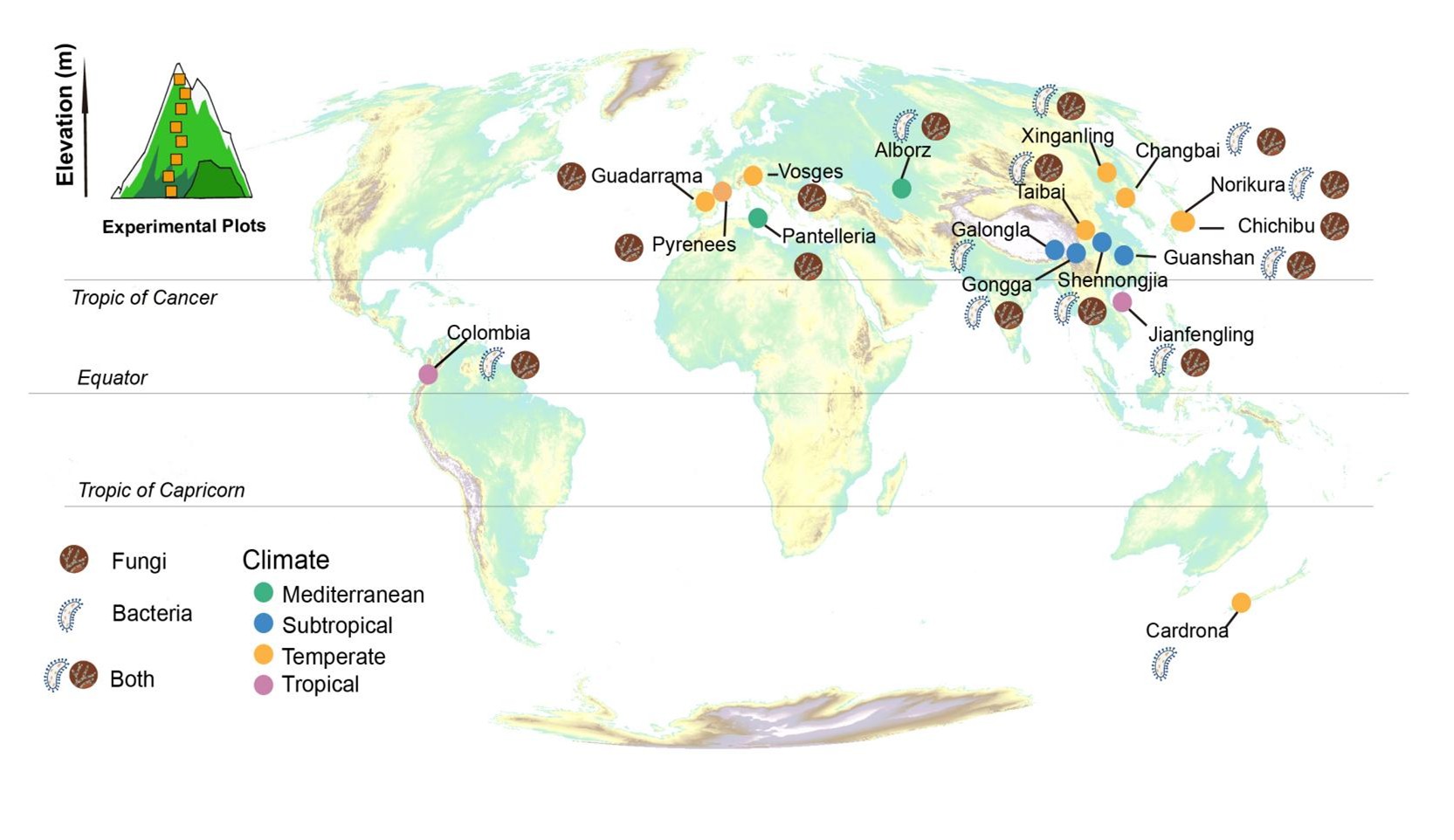
(Image by KIB)
"A colleague recently asked why I don’t return to my hometown in Jiangsu. I said it’s too hot—Kunming’s mild climate is far more livable. I joked that as a kid, I survived summers with just a bamboo mat and a fan, but now even that feels unbearable."
"A fellow researcher visiting Kenya told me that despite being near the equator, the highlands were pleasantly cool—locals even found China’s heat extreme. Turns out, the tropics can be stable in their warmth, but it’s the temperature swings that truly test adaptability."
These anecdotes hint at a broader truth: organisms long accustomed to stable, optimal temperatures may lose their resilience to fluctuations—a case of "thriving in adversity, stagnating in comfort"
.
In 1967, Daniel Janzen formalized this idea into the famed Janzen’s Mountain Pass Hypothesis (The American Naturalist). He proposed that tropical mountain passes act as sharper climatic barriers than temperate ones due to the region’s low temperature variability.
This filters for species with narrow thermal tolerances, making it harder for them to traverse elevational gradients. The hypothesis explains key ecological patterns: stronger isolation, steeper community turnover, and higher endemism in tropical mountains. It also carries dire implications for climate change—tropical species, unable to migrate upward as temperatures rise, face heightened extinction risks. While widely supported for plants and animals, its applicability to microbes remained unclear.
The research team from Kunming Institute of Botany, Chinese Academy of Sciences (KIB/CAS) prior regional-scale study (Zhang et al., 2024, Ecography DOI: 10.1111/ecog.07049) offered preliminary microbial evidence.
Now, leveraging a global dataset (17 mountain ranges, 268 elevational bands, 2008–2023), the team reveal striking microbial contrasts: bacteria align strongly with Janzen’s postulates: tropical communities show steeper distance-decay, higher endemism, and stronger dispersal limitation at low latitudes—all weakening toward temperate zones.
Temperature variability, latitude, and elevation dominate their assembly. Fungi, however, buck the trend: weakly influenced by temperature variability and latitude, their assembly leans more on stochastic drift than environmental filtering.
Published in Global Ecology and Biogeography under the title "Janzen's hypothesis revisited for soil microorganisms: bacteria align more strongly with its postulates than fungi"
This work underscores a critical caveat: classical ecological theories must be taxon-aware when applied to microbes. The findings equip conservationists with predictive frameworks for microbial responses to climate change.
Co-first authors ZHANG Yazhou (KIB/CAS) and J. Aaron Hogan (Colorado State University); corresponding author SUN Hang (KIB/CAS); with contributions from ETH Zurich’s Thomas W. Crowther, KIB’s SONG Minshu, and former MSc student XU Shijia. Supported by the Second Tibetan Plateau Scientific Expedition, NSFC, Yunnan Basic Research Projects, Yunling Youth Talent Program, Yunnan Postdoctoral Fund, and KIB’s Talent Initiative.

This figure shows our study sites including 17 mountain ranges, 268 elevational bands, 2008–2023.
(Image by KIB)
Contact:
YANG Mei
General Office
Kunming Institute of Botany, CAS
email: yangmei@mail.kib.ac.cn
(Editor: YANG Mei)




